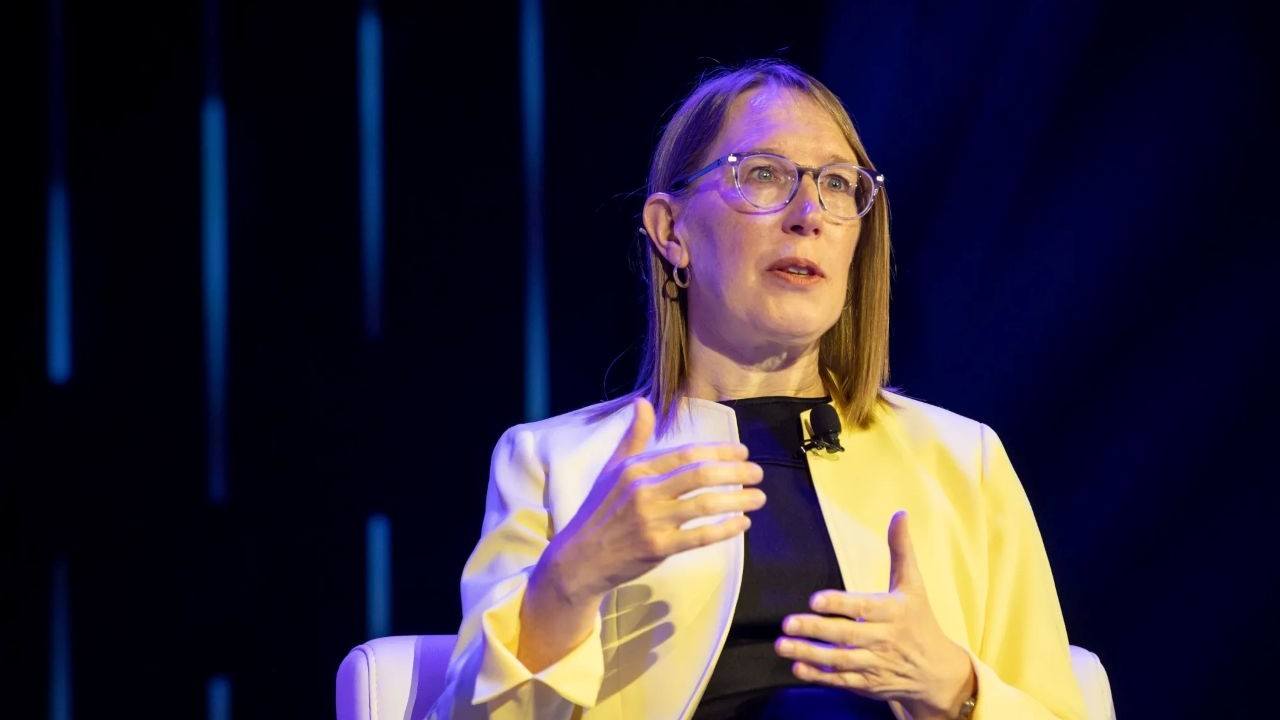The SEC’s Crypto Task Force: Navigating the New Frontier of Digital Asset Regulation
Introduction: A Regulatory Wake-Up Call
The cryptocurrency landscape, once a niche domain for tech enthusiasts, has evolved into a global financial phenomenon. As digital assets gain mainstream traction, regulators worldwide are scrambling to establish frameworks that balance innovation with investor protection. The U.S. Securities and Exchange Commission (SEC) has taken a bold step forward with its Crypto Task Force, signaling a new era in digital asset regulation. This initiative is not just a response to market growth but a proactive effort to shape the future of finance.
The Genesis of the Crypto Task Force: A Necessary Evolution
The SEC’s Crypto Task Force emerged from the recognition that traditional regulatory approaches are ill-suited for the dynamic crypto market. The task force’s creation reflects a broader shift in regulatory philosophy—one that acknowledges the need for specialized expertise to address the unique challenges of digital assets. By assembling a team with diverse backgrounds, the SEC aims to tackle issues ranging from market manipulation to investor education.
The task force’s formation is also a response to the rapid evolution of crypto technologies. From decentralized finance (DeFi) to non-fungible tokens (NFTs), the crypto ecosystem is constantly expanding. The SEC’s proactive stance indicates a willingness to adapt, rather than react, to these changes. This forward-looking approach is crucial in an industry where innovation often outpaces regulation.
Hester Peirce: The Bridge Between Regulation and Innovation
Commissioner Hester Peirce, affectionately known as “Crypto Mom,” has become a central figure in the SEC’s crypto initiatives. Her advocacy for a balanced regulatory approach has earned her respect within the crypto community. Peirce’s leadership underscores the SEC’s commitment to fostering innovation while ensuring market integrity.
Peirce’s nationwide tour, focusing on small crypto startups, is a testament to the SEC’s inclusive approach. By engaging directly with early-stage companies, the SEC is gathering valuable insights that will inform its regulatory policies. This grassroots effort is not just about gathering feedback; it’s about building trust between regulators and the crypto community.
Roundtables Across America: A Collaborative Approach
The SEC’s roundtables are more than just listening sessions—they are a strategic move to democratize the regulatory process. By inviting diverse stakeholders to the table, the SEC is ensuring that its policies are informed by real-world experiences. The roundtables cover a range of topics, from crypto trading to custody solutions, reflecting the SEC’s commitment to addressing practical challenges.
The transparency surrounding these roundtables is noteworthy. By announcing agendas and panelists in advance, the SEC is fostering an environment of openness and collaboration. This approach is a stark contrast to the often opaque regulatory processes of the past.
Leveraging Private Sector Expertise: EY’s Role
The SEC’s collaboration with private sector experts, such as Ernst & Young LLP (EY US), highlights the importance of leveraging external expertise. EY’s input provides the SEC with valuable insights into the practical implications of crypto regulations. This partnership is a reminder that effective regulation requires a multidisciplinary approach.
Project Crypto: Modernizing for the Digital Age
“Project Crypto” represents a significant leap forward in the SEC’s regulatory framework. By modernizing securities regulations to accommodate crypto-based trading, the SEC is acknowledging the transformative potential of digital assets. This initiative could pave the way for a more integrated financial ecosystem, where traditional and crypto markets coexist seamlessly.
The AI Factor: A Parallel Regulatory Frontier
The SEC’s simultaneous focus on Artificial Intelligence (AI) is a strategic move that recognizes the interconnectedness of emerging technologies. While the AI task force’s initial focus is internal, its potential expansion into broader financial markets suggests a holistic approach to regulation. The convergence of crypto and AI presents both opportunities and challenges, and the SEC’s proactive stance is a step in the right direction.
Challenges and Opportunities: A Balancing Act
The SEC’s increased focus on crypto regulation is a double-edged sword. On one hand, it brings much-needed clarity and investor confidence. On the other, it poses challenges such as compliance costs and potential stifling of innovation. The key lies in striking the right balance—a task that requires careful consideration and continuous dialogue with industry stakeholders.
Conclusion: Charting the Course for the Future
The SEC’s Crypto Task Force is more than a regulatory body; it is a catalyst for change. As the crypto industry continues to evolve, the SEC’s role will be pivotal in shaping its trajectory. The path forward is fraught with complexities, but the ultimate goal remains clear: to foster a crypto ecosystem that is innovative, secure, and inclusive.
The SEC’s journey into crypto regulation is not just about rules and enforcement; it’s about redefining the future of finance. Whether the SEC will succeed in striking the right balance remains to be seen, but one thing is certain—the world of crypto will never be the same. The Crypto Task Force is not just a response to the present; it is a blueprint for the future.

